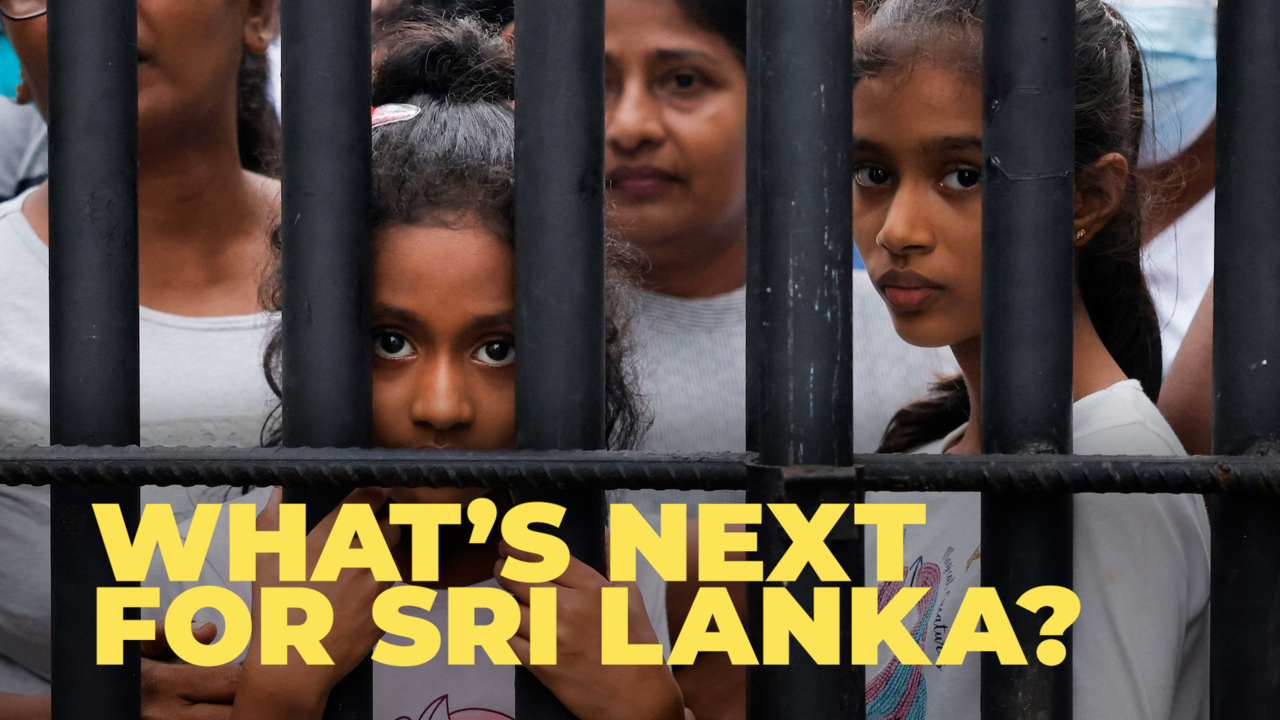Economic turmoil in Sri Lanka has culminated in the resignation of President Gotabaya Rajapaksa. The former president has since fled the country following mass protests and the storming of his official residence.
Many Sri Lankans are now struggling to obtain basic necessities, with the United Nations estimating that 90% of families are being forced to skip meals. The blame for the country’s collapse has been cast on the Rajapaksa family for its financial deals with China.
When Mahinda Rajapaksa, brother of Gotabaya, was elected president in 2005, he began accepting Chinese help in funding numerous infrastructure projects throughout Sri Lanka, including shipping ports, a power plant, and even a cricket stadium. However, many of these endeavors failed to turn immediate profits for the Sri Lankan government, deepening the nation’s already ballooning debt, of which China was quickly becoming the largest creditor.
China’s willingness to readily provide funds concerned both Sri Lankan and international officials who were growing skeptical of the motivations behind the money. However, ongoing corruption in Sri Lanka’s government allowed for continued and reckless borrowing from China. During the 2015 Sri Lankan elections, large payments from the Chinese port construction fund were siphoned off and diverted to the pockets of presidential campaign aides.
Eventually, a debt of over $8 billion to state-controlled Chinese firms had accumulated, forcing Sri Lanka to take extreme measures to repay what is owed. In 2017, the Hambantota Port, which had been developed with Chinese funds despite trepidation on profitability from experts, was handed over to China on a 99-year lease agreement in order to appease creditors.
Sri Lanka will attempt to navigate a transition in its government, and China will have a close eye on how the situation evolves for its precarious ally.
